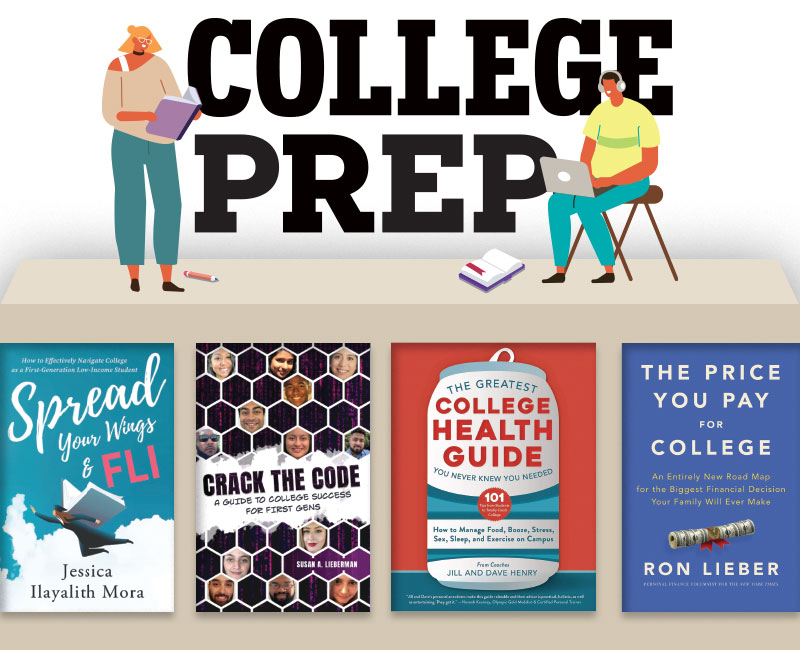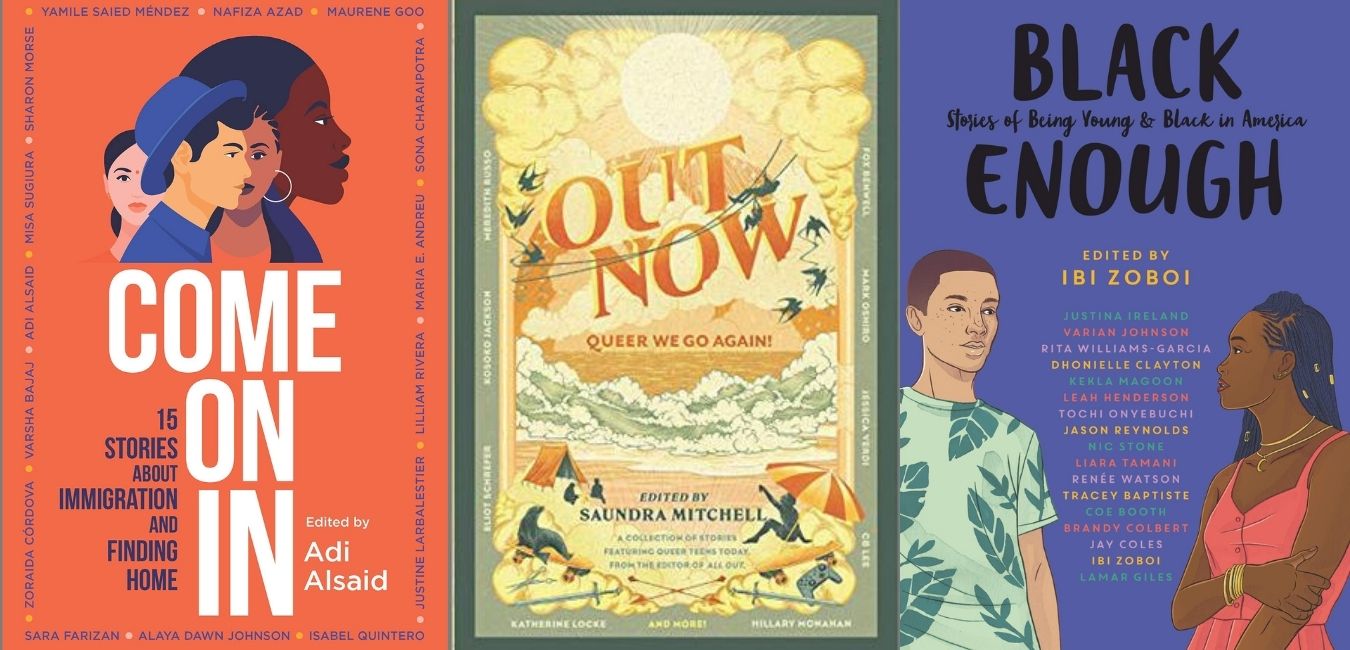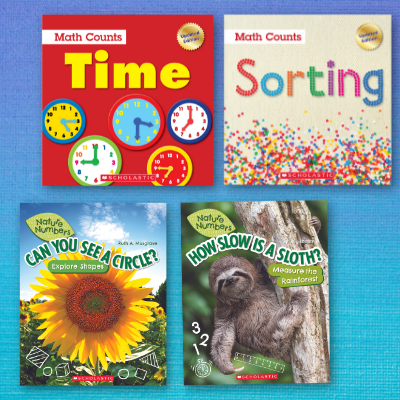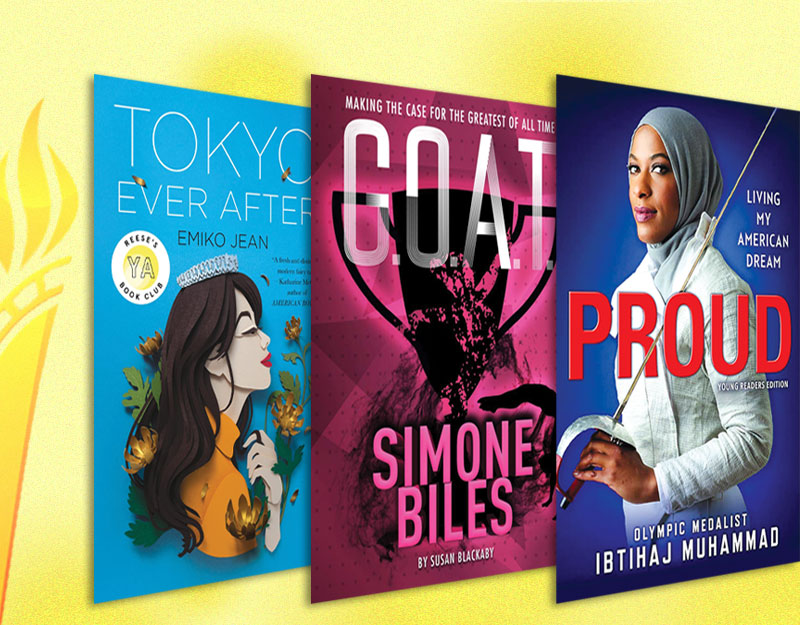Feeling It All through Reading, Writing, and Creating

We must accept finite disappointment, but never lose infinite hope.
-Dr. Martin Luther King, Jr.
The past few weeks have been incredibly challenging. There is no manual for teaching and learning in a global pandemic. Yet, teachers across the world have shown incredible creativity, empathy, and emotional resilience in supporting their students, families, and communities.
In this post, we share ways you and your students can honor feelings of uncertainty and loss while also providing a source of hope. The picture books, writing suggestions, and creative outlets we suggest are designed to give you and your students permission to feel and to find a locus of control. There are low-tech suggestions that include drawing, noticing, wondering, and composing. There are also high-tech suggestions including virtual read alouds by authors and ways to incorporate technology into the composing and sharing processes. In particular, this post is designed to support teachers with new ways to deepen connections that invite creativity and interactivity into the current distance learning environment. These ideas can also be used to infuse social and emotional learning as a part of literacy learning when we return to classrooms.
ADVERTISEMENT
ADVERTISEMENT
Whether you are a K-12 teacher trying to support students online or a parent, grandparent, family or community member trying to support learning for a range of students and ages during this period of disruption, we hope you can find these resources interesting and engaging. If you or the young people with whom you work don’t have access to a computer or tablet at home, the websites and digital suggested activities can be accessed using a smartphone.
Note: Teachers and librarians, the authors and illustrators below have provided videos for use during the quarantine period. Please support their work with a purchase of their books for your school or classroom library.
Teaching Ideas and Invitations
Read-Alouds
Navigating Disappointment with Saturday. Students are encountering the loss of time with friends, missed field trips, and milestone events like moving up ceremonies and end-of-year picnics. Some children are caring for younger siblings and may be experiencing the hardships associated with financial insecurity. Oge Mora’s Saturday tells the story of a girl and her mother as they head off on a Saturday adventure only to encounter a string of disappointments. By the end of the story, readers are reminded of the power, importance, and joy of simply being together. Read aloud Saturday or invite students to view Oge Mora’s recorded read aloud. Engage in a discussion about disappointments students may be feeling at this time and how they are spending time with family. Invite students to write or draw their own stories in response to the book.
Questioning the Stories We Tell Ourselves About Someone Else’s Feelings with Lost and Found. Living in close proximity with our families can lead to misinterpretation of one another’s feelings. Support students to think about the stories we sometimes tell ourselves about someone else’s feelings and how sometimes those stories are inaccurate or incomplete. Lost and Found tells the story of a boy who finds a penguin at his doorstep. He assumes the penguin is lost and goes on a grand adventure to the South Pole to bring him back home. In the end, he realizes the penguin was never lost, he only wanted to be found. Read aloud the book to students or invite them to view a recorded read aloud by Oliver Jeffers. Invite students to share what the boy could have said or done differently in trying to help the penguin. Consider how the story would have been different if the boy had asked the penguin “How can I help?” and if the penguin were able to respond. Encourage students to ask the people in their lives “How can I help?” as a way to offer love and support to the people in their lives.
Finding Hope and Love with The Heart and the Bottle. Oliver Jeffers’ The Heart and the Bottle reminds us that it’s natural to want to keep our hearts hidden away in the wake of loss and uncertainty. Yet, each day is an opportunity to share our hearts with someone else and to experience wonder in our everyday life. Read aloud The Heart and the Bottle or invite students to view Oliver Jeffers’ recorded reading of the book. Support students in a guided conversation to share their reactions to the story. Remind students it’s natural to want to protect our hearts especially when faced with new challenges. In what ways can they support one another and the people in their lives at this time? Use this book as a way to invite students to engage in the Global Heart Map project or invite students to keep an “I Wonder” list in a notebook that they can start now and continue during the summer months.
Knowing It’s Okay to Be Ourselves with It’s Okay to Make Mistakes. Living in close quarters with family members can bring increased vulnerability. Support students by reminding them that it’s okay to make mistakes; it’s okay to get mixed up; it’s okay to be ourselves. Read aloud It’s Okay to Make Mistakes or view Todd Parr’s recorded reading of the book. Use shared writing or interactive writing through a google doc or Zoom chat to invite students to create a class It’s Okay list that allows students to share their ideas about all the ways it’s okay to simply be especially right now.
Looking Forward to Times Ahead with What Would You Wish For? While schools may be closed, we can still find out what our students hope, dream, and wish for the future. More than ever they might need someone to listen to these feelings. Read aloud What Would You Wish For? or invite students to view David Sable’s recorded reading of the book. Have students write or draw something they wish for whether it’s something that could really happen or something purely imaginative. Invite students to share their wishes with one another as an option rather than a requirement either by posting their writing/drawing on a class padlet or Google classroom or as an audio or video recording. Consider collating students’ responses to create a class version of the book.
Breathing In Peace, Breathing Out Doubt with I Am Peace. Support students to learn some simple breathing techniques as a way to bring feelings of calm, peace, and control at this time of uncertainty and challenge. Read aloud I Am Peace or view Susan Verde’s recorded reading of the book. Following the read aloud, invite students to breathe together using a few simple techniques like breathing in for four, holding your breath for four, and breathing out for four. Encourage students to notice times when they feel frustrated in their learning at home or with family members and to remind themselves they can use their breathing to gain control over their response to the situation. Create a class list using shared writing or interactive writing of things that bring us peace such as connecting with nature, noticing things that make us wonder, and connecting with others.
Quick Writes and Creative Outlets
Daily Doodles as Stress Relief. Doodling can be a form of relaxation and stress relief. It can also be a way for some students to listen more attentively. Encourage students to keep a doodling notebook or to doodle during live Zoom lessons as a way to keep their hands moving while still listening to the speaker. Invite students to view some of Mo Willems’ daily lunch doodles or watch Peter Reynolds’ Ready-Set-Draw-ish! video together as a class as an inspiration for doodling dots and making -ish drawings.
Fractured Story Swaps Bring Lightness and Humor. Invite students to read or listen to a work of traditional literature and then to create a new version of the story with some kind of twist. Use titles like The True Story of the Three Little Pigs (read aloud by the author, John Scieszka), Little Red Writing, After the Fall: How Humpty Dumpty Got Back Up Again, Ninja Red Riding Hood, Goldilocks and the Three Dinosaurs, and Cinder Edna as examples of how to “fracture” a fairy tale or work of traditional literature. Organize students in ongoing story swap partnerships where students write and audiorecord stories for one another as a way to bring lightness and humor to their day.
Finding Joy by Making Something. Share some of the ways that making something brings joy in your life especially when you share it with others (see ideas on celebrating creativity in our post on The Patchwork Bike). Invite students to make a list of things they have at home like cardboard, plastic containers, crayons, paper, chalk, digital devices, fabric scraps, sticks, and stones. Invite students to make something from their imaginations or that they want to be able to use. Share the work of environmental artist Andy Goldsworthy for an inspiration on how natural resources can be arranged in ways that evoke awe and wonder. Invite students to share their creations with one another through a live meeting or through a digital padlet or Google Classroom site.
My Life in Seven Photo Stories to Foster Belonging. Invite students to find either physical or digital photos to create a timeline of seven small moments from their lives that are significant to them. Students can display their photos in a physical or digital timeline or collage. They can also create brief video or slideshow presentations that explain each photograph. Students can even share their photos and associated stories in small break out groups in Zoom or Google Classroom to learn about one another in new ways. Invite students to use their photographs as seeds for further writing. Each photograph can be a small moment story that students write, illustrate, or audiorecord.
ADVERTISEMENT
ADVERTISEMENT
Journaling as an Expressive Outlet. Invite students to create either physical or digital journals where they jot down whatever is on their minds or in their hearts. Their journal can be a private space for them to record what they notice, wonder, feel, or want to remember through words and images. Invite students to continue their journals over the summer as an expressive outlet.
Searching for Hope Scavenger Hunt. Remind students that even in moments of crisis, we can always find hope. Support students to go on a scavenger hunt to find images or stories about hope in this moment of global crisis. You could model with this story about how people can see the Himalayas for the first time in thirty years. Create a class slideshow with hopeful images that students find or create a shared Google doc with links that students can add that share hopeful news stories.
Music and Movement as Healers. Music and movement provide their own kind of healing. Share with students different ways that music and movement have been used around the world to bring joy and hope such as in this hospital in Wuhan, China and how dance/movement therapy helped this teen recover from an eating disorder. Invite students to join you in an impromptu dance party to start the day, to make their own instruments, to play musical instruments for one another, and to create and share playlists. What are songs that energize them and bring them hope? What are songs that help them process strong feelings?
Honoring the Loss of a Loved One. Some of your students may be processing feelings of grief following the loss of a loved one. It may be helpful to recommend books to families like Big Cat Little Cat by Elisha Cooper, The Rabbit Listened by Cori Doerrfeld, and Ocean Meets Sky by the Fan Brothers as well as links to books on grief and loss that we compiled at The Classroom Bookshelf several years go. Art and poetry may also be welcome outlets for paying tribute to lost family members.
Further Explorations
Collaborative for Social, Emotional and Academic Learning COVID 19 Resources
Yale Center for Emotional Intelligence COVID 19 Resources
KidLit TV
https://www.youtube.com/channel/UCRmmQ9RQUy0ha9EZkIfwa5g
Stay at Home Storytime with Oliver Jeffers:
https://www.oliverjeffers.com/abookaday/
Lunch Doodles with Mo Willems
Teachers Books Readers Oge Mora Read Aloud
Deep Breathing Exercises for Kids
https://copingskillsforkids.com/deep-breathing-exercises-for-kids
CNN Travel Story
Music Activities
https://www.laparent.com/musical-activities-to-do-with-your-kids-during-coronavirus-shutdown/
Classroom Bookshelf Entry on Books on Grief and Loss
Filed under: Classroom & Curricular Ideas, Picture Books
About Katie Cunningham
Katie is a Professor of Literacy and English Education at Manhattanville College. There she is also the Director of the Advanced Certificate Program in Social and Emotional Learning and Whole Child Education. Her work focuses on children’s literature, joyful literacy methods, and literacy leadership. Katie is the author of Story: Still the Heart of Literacy Learning and co-author of Literacy Leadership in Changing Schools. Her book Start with Joy: Designing Literacy Learning for Student Happiness will be released September 2019. She is passionate about the power of stories to transform lives.
ADVERTISEMENT
ADVERTISEMENT
SLJ Blog Network
10 to Note: Winter Preview 2025
Fuse 8 n’ Kate: Hard Scrabble Harvest by Dahlov Ipcar
More Jackson’s Wilder Adventures Coming from Papercutz | News
The Seven Bills That Will Safeguard the Future of School Librarianship
Why Dragons: On the Importance of Dragons as a Plot Device, a guest post by Svetlana Chmakova
Gayle Forman Visits The Yarn!
ADVERTISEMENT







